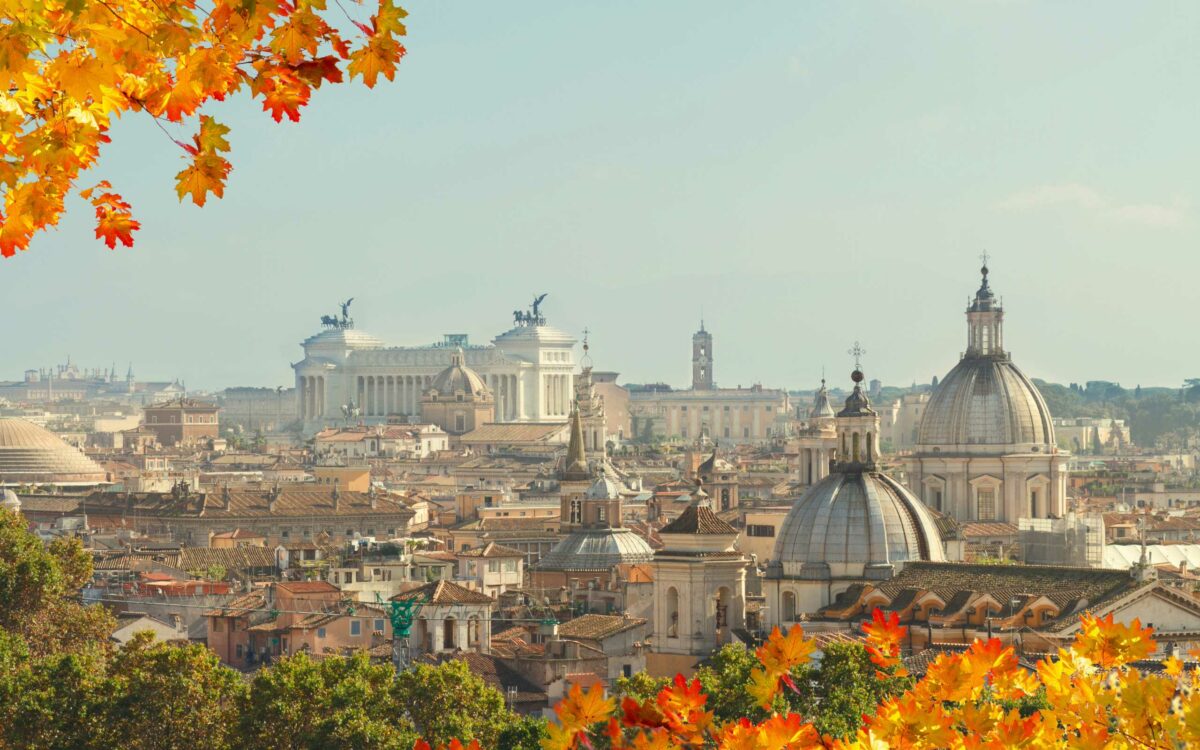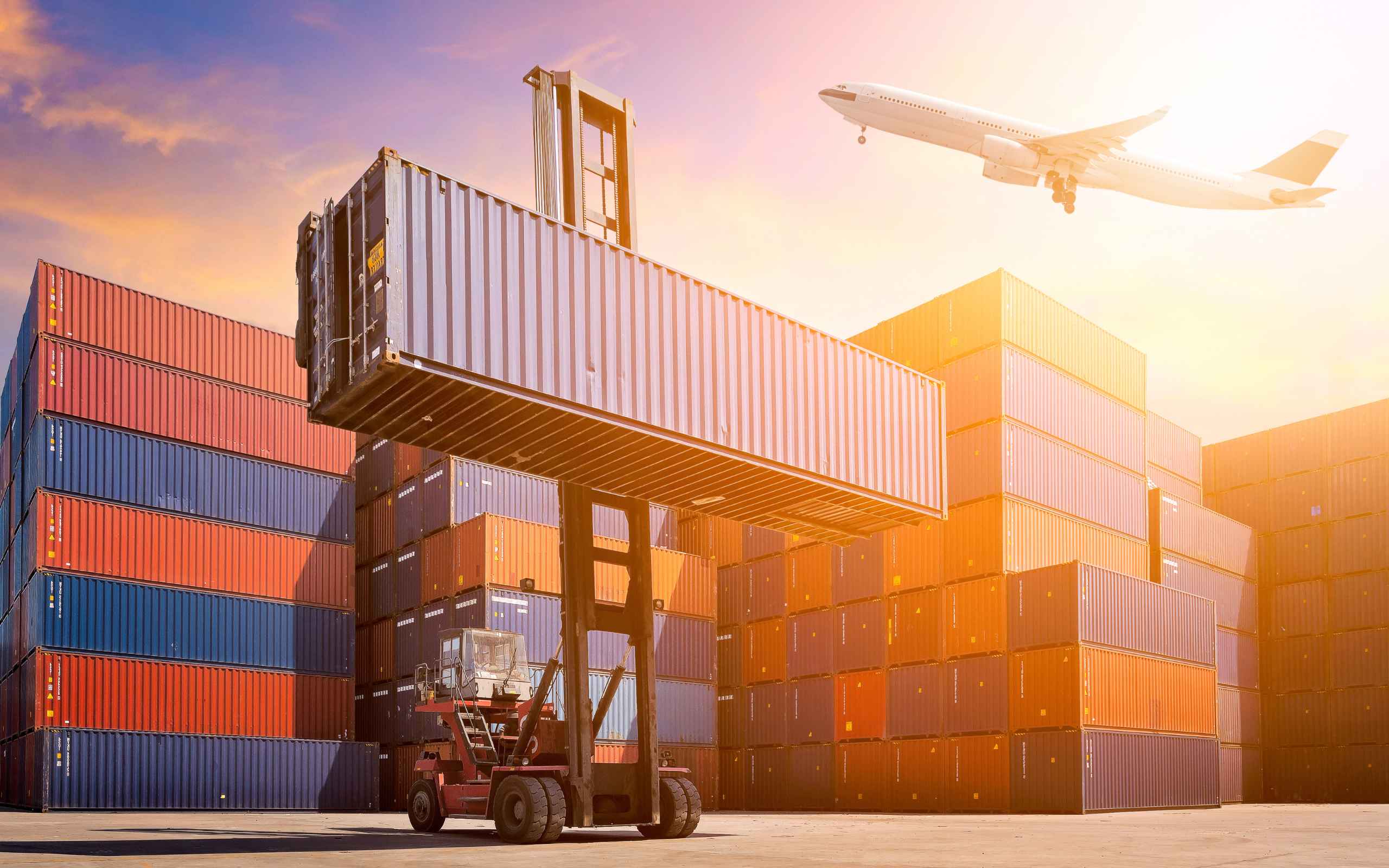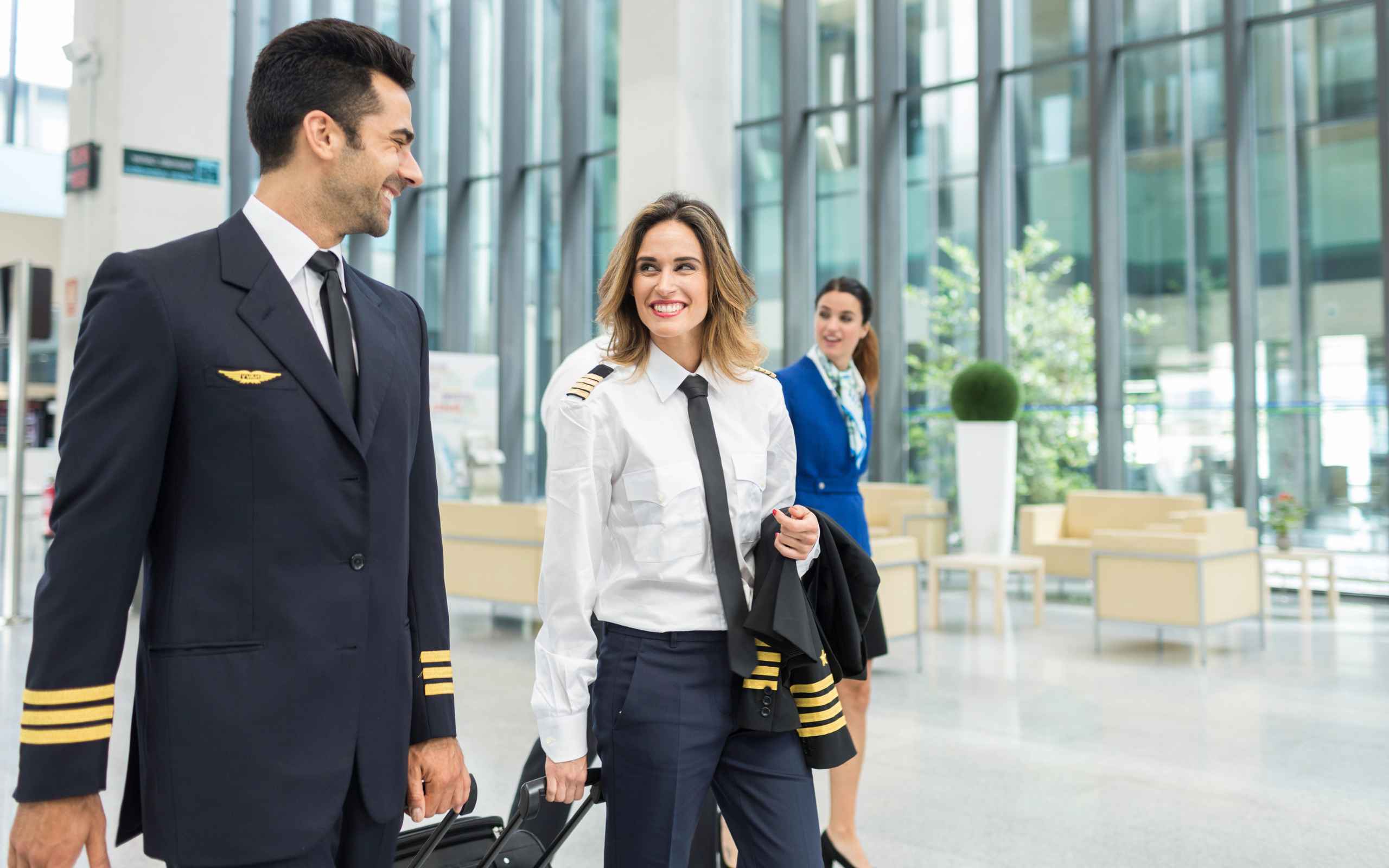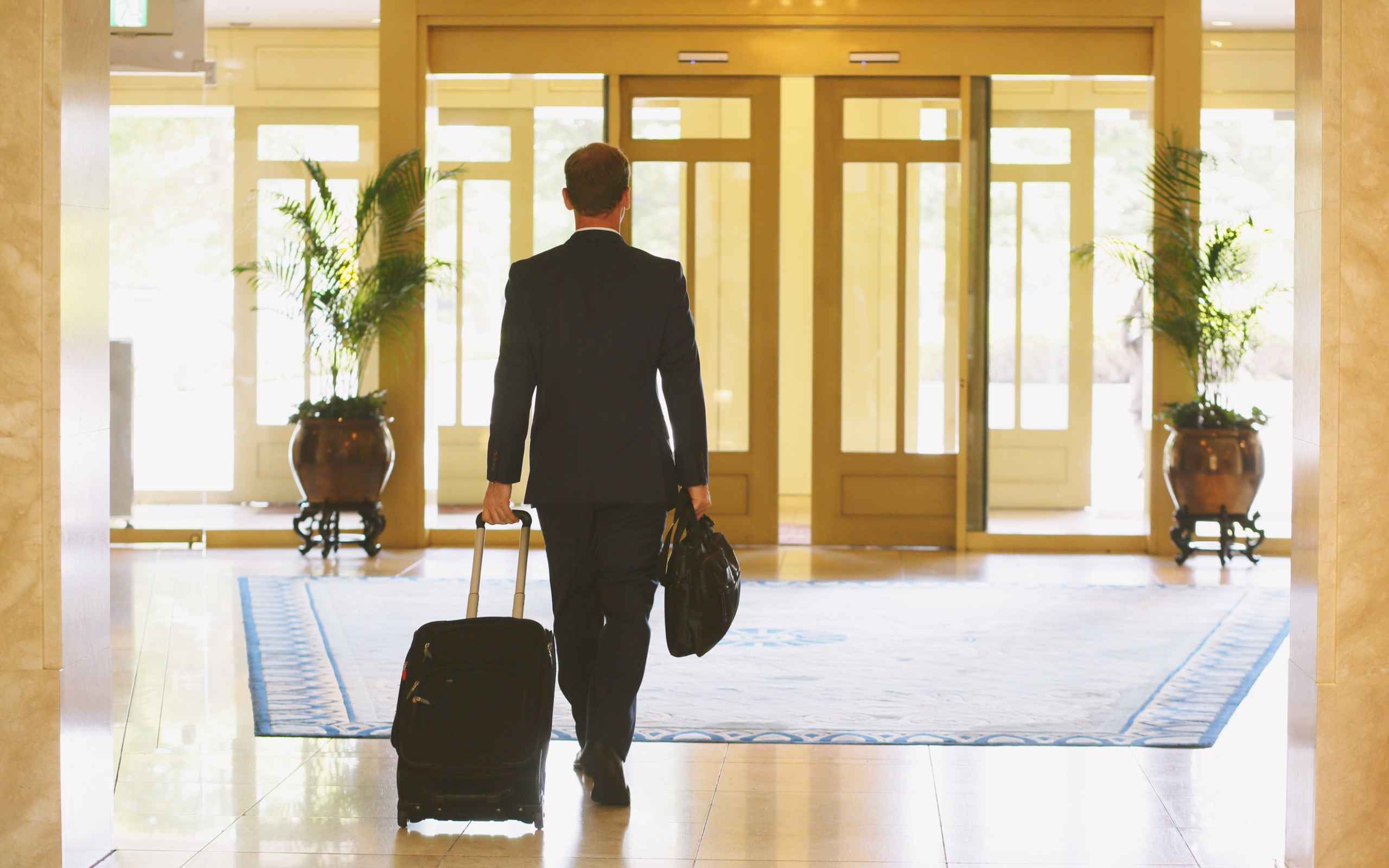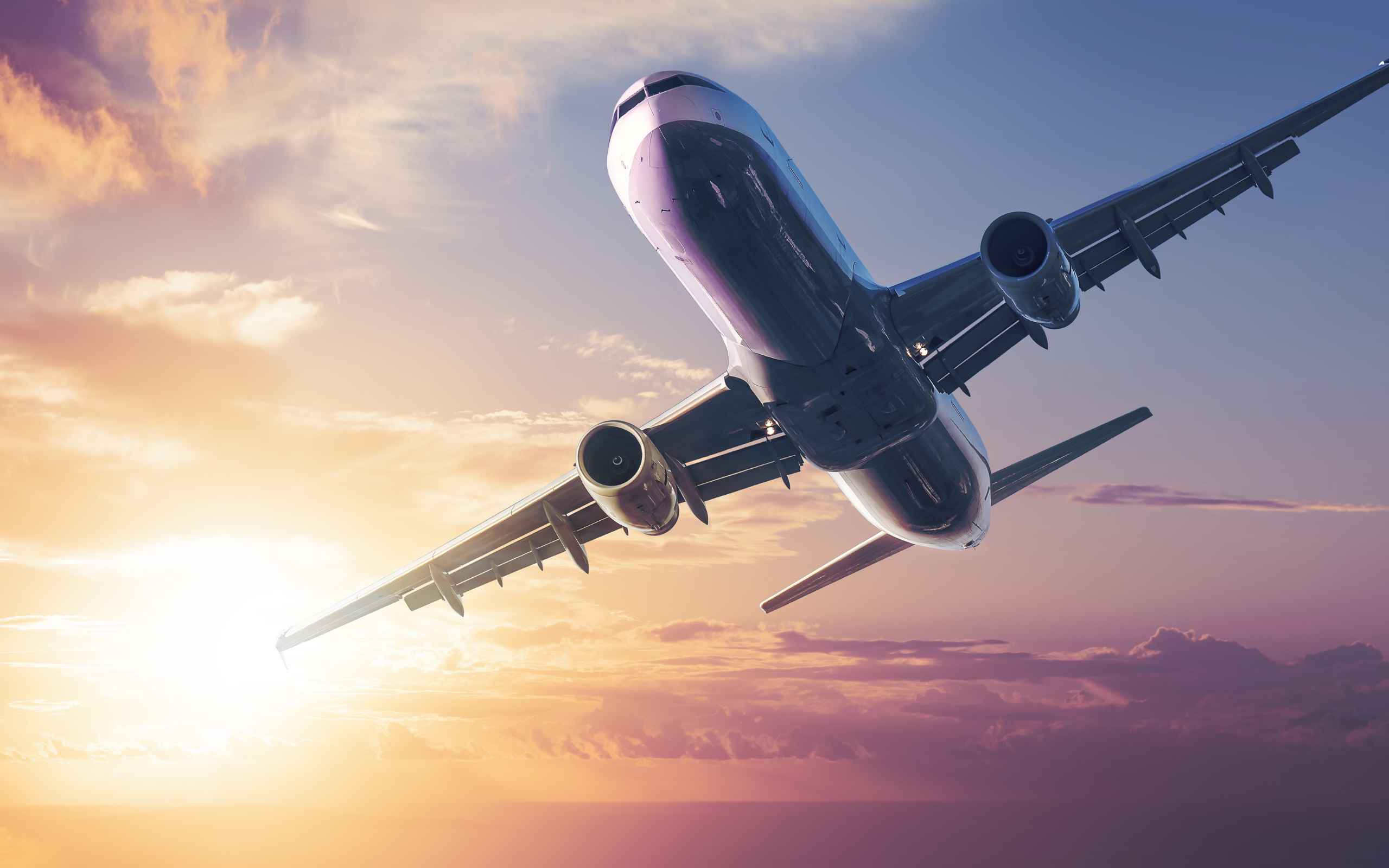Rome Ciampino G. B. Pastine International Airport (IATA: CIA, ICAO: LIRA) is one of Italy’s oldest airports. It is an important hub for charter flights, private jets, and low-cost airlines.
Located just 12 kilometers southeast of central Rome, it provides quick access to the city. It also has efficient turnaround times and dedicated facilities for business aviation.
Table of Contents
Though smaller than Fiumicino (FCO), Ciampino remains a preferred choice for private jet operators due to its flexibility, proximity to downtown Rome, and availability of VIP services for crew and passengers.
Airport Details
| Feature | Details |
|---|---|
| Location | Rome, Italy |
| ICAO / IATA | LIRA / CIA |
| Elevation | 427 ft / 130 m |
| Coordinates | N41-48.0 / E012-35.8 |
| Operating Hours | 0400Z – 2130Z |
| Airport Type | International |
| Primary Use | Charter, Business Jets, Low-Cost Flights |
Operational Information for Flight Operators
Suitability: Ideal for private jets and charter operations
In-flight Catering: Available upon request
Slots: Mandatory for all flights
Landing Permits: Required (lead time applies for non-EU operators)
CIQ Facilities: Available
FBO Services: Dedicated business aviation terminal
VIP Lounges: Available for passengers and crew
Visa Requirements: Applicable for EU and non-EU nationals
Parking: Available
Hangarage: Not available
Airside Access: Restricted
Fuel: Jet A-1 available 24/7
Noise Abatement: Night restrictions apply
ATC Restrictions: May occur during bad weather or peak traffic
Recommended Hotels for Crew & VIP Passengers
- Radisson Blu Hotel Milan
- DoubleTree by Hilton Milan
- NYX Hotel Milan
Enjoy special rates, priority check-in, and crew benefits when booking through ASM Concierge Services.
Travel Regulations in Italy
1. Visa Requirements
- Italy is part of the Schengen Area.
- Travelers from non-Schengen countries require a Schengen Visa for stays up to 90 days.
- Nationals from the U.S., Canada, and Australia may enter visa-free for short visits.
- For work or residency, obtain the appropriate visa before arrival.
2. Currency and Payments
- Currency: Euro (€)
- Declare amounts above €10,000 on entry or exit.
- Major credit cards accepted; carry cash for smaller shops or rural areas.
3. Customs Regulations
- Duty-free allowance: 200 cigarettes, 1 liter spirits, 2 liters wine.
- Prohibited: Weapons, narcotics, restricted food items.
- Permits required for cultural artifacts, plants, and animal products.
4. Domestic Travel
- Italy boasts an extensive high-speed rail network (Frecciarossa), inter-city buses, and domestic flights.
- Metro and tram systems operate in major cities; tickets available at stations or apps.
- Car rental requires a valid driver’s license (and International Driving Permit if applicable).
5. Cultural Etiquette
- Dress modestly in religious sites (Vatican, churches).
- Tipping: Optional (5–10%) if service is good.
- Polite greetings (“Buongiorno”, “Ciao”) are appreciated.
6. Safety
- Italy is safe, but beware of pickpockets in crowded tourist areas.
- Emergency Number: 112 (Police, Medical, Fire).
- Tourist police available in major cities.
7. Health and Insurance
- Travel insurance with medical coverage is recommended.
- No mandatory vaccinations.
- Hospitals and clinics are modern and efficient.
8. Local Laws
- Legal drinking age: 18
- Smoking banned indoors and on public transport.
- Fines apply for littering, noise, or public nuisance.
9. Travel Tips
- Best travel seasons: Spring (Apr–Jun) and Autumn (Sep–Oct).
- Language: Italian (English commonly spoken in tourist zones).
- Electricity: 230 V | Plug types C, F, L.

FAQs – Rome Ciampino G B Pastine International Airport
Q1. What is the IATA and ICAO code for Ciampino Airport?
A1. IATA: CIA | ICAO: LIRA.
Q2. Is Ciampino Airport open to private jets and charter flights?
A2. Yes, the airport caters extensively to private jet and charter operations with dedicated FBO facilities.
Q3. Are landing permits and slots required?
A3. Yes, both are mandatory for all non-scheduled flights.
Q4. Does the airport operate 24 hours?
A4. No, hours are 0400Z – 2130Z with night-noise restrictions.
Q5. Is fuel available for private jets at Ciampino?
A5. Yes, Jet A-1 fuel is readily available on request.
Q6. Are there VIP lounges for passengers and crew?
A6. Yes, exclusive lounges and crew rest areas are available through the FBO.
Q7. How far is Ciampino from central Rome?
A7. Around 12 km (25–30 minutes by car).
Q8. Is hangar space available for private aircraft?
A8. No hangars are available; only open-air parking.
Q9. What transport options connect the airport to Rome?
A9. Regular buses, taxis, and private transfers link Ciampino to Termini Station.
Q10. Can ASM arrange crew accommodation and ground support?
A10. Yes, ASM provides end-to-end support including permits, fueling, handling, and crew hotels at special rates.
Why Operators Choose Ciampino Airport
- Proximity to Rome’s city center and Vatican City
- Quick turnaround times for private jet operations
- Dedicated FBO and VIP facilities for executive travel
- Experienced ASM flight support team on-ground 24/7
ASM Flight Support – Rome Ciampino (CIA/LIRA)
For permits, fueling, ground handling, and supervision services, ASM provides complete trip support for flights across Italy and Europe.
📩 Email:charter@asm.aero
📞 Phone: +971 4 409 7788
🟢 WhatsApp: +971 50 481 6987 / 76
💬 WeChat: ASMDXB

